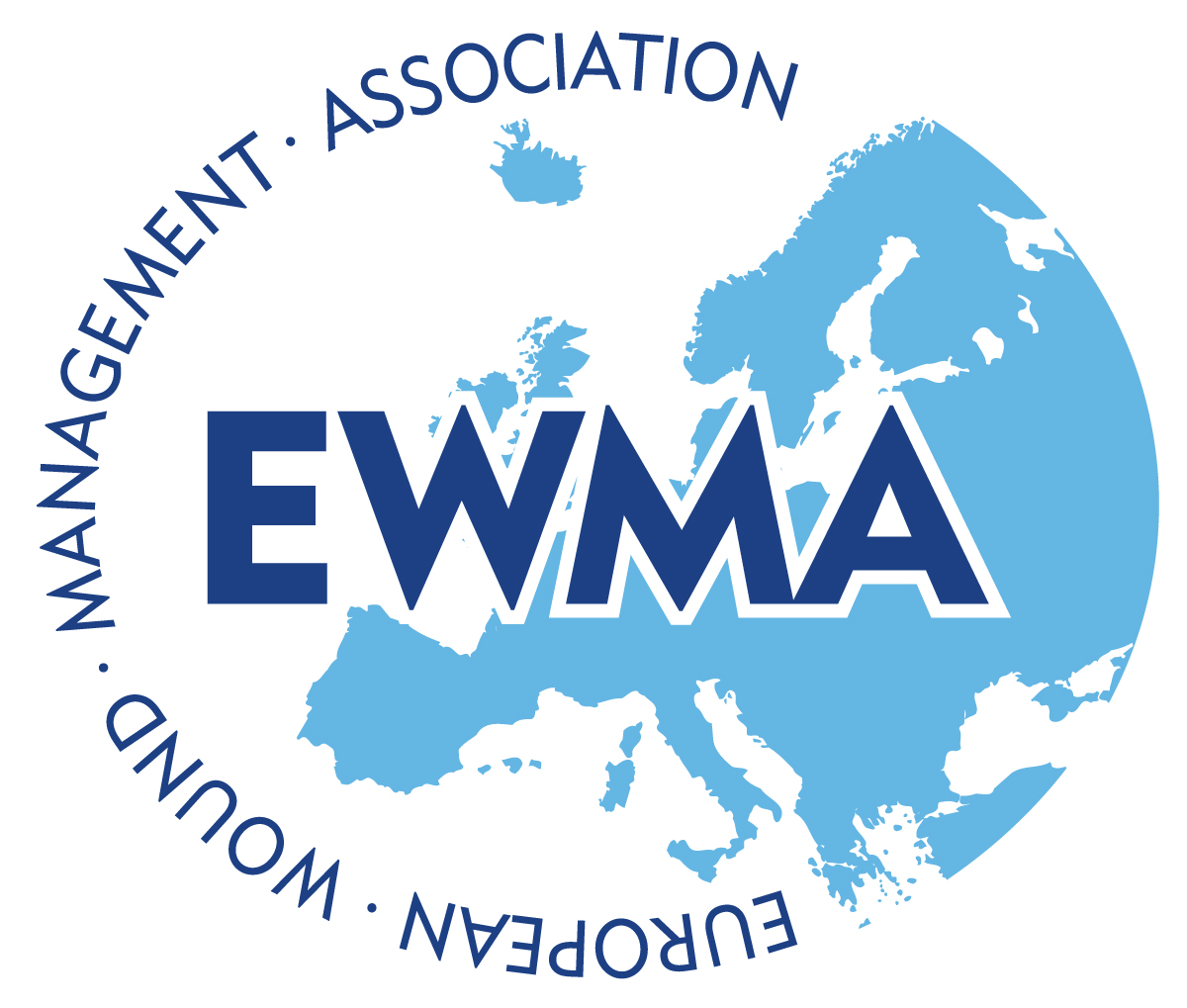How Does a Whole-Food Plant-Based (WFPB) Diet Work in Wound Care? Seven WFPB nutrition tips to remember in wound care.
Today, we will discuss seven WFPB nutrition tips that apply to wound care and the role of the wound care physician/practitioner in caring for a patient with a disease that can be complicated by poor diet and lifestyle habits. While reading today, take the time to reflect on what obligations we have toward those who are at risk but have not sought our help. Any wound care practice must be evidence-based. Just as prescribing services must be founded on solid evidence, the same is true for dietary advice. Was there a sincere evaluation of the patient's nutrition status? What should be done next with this information? Should time be spent reviewing articles to place in your personal armamentarium? Primary care physicians do not perform general surgeries or run urinalysis; neither do they need to do their own diet counseling. That is the job of a qualified dietitian/nutritionist. The wound care practitioner simply needs to know that nutrition is important, wound healing nutritional deficiencies need correction, and clear communication with the patient is imperative, while providing a solid referral to other interdisciplinary professionals.
TIP #1: The building evidence of a healthy diet
What type of diet is recommended for a patient with a wound?
With accumulative scientific evidence supporting a healthy diet, whole-food plant-based (WFPB) diets are steadily on the rise. A WFPB diet consists of vegetables, fruits, legumes, whole grains, nuts, seeds, herbs, and spices. The United States Department of Agriculture, American Heart Association, American Institute for Cancer Research, National Kidney Foundation, and American Diabetes Association all promote WFPB diets, and it doesn't have to be an all or nothing. Evidence-based studies show a positive correlation between WFPB diet compliance and overall well-being.
TIP #2: WFPB benefits
Why are WFPB diets becoming more popular?
Aside from improved healing with proper nutrition, what benefits are there to my patient? WFPB diets are associated with:
- Lowering overall mortality
- Lowering ischemic heart disease mortality
- Supporting a healthy weight
- Reducing medications
- Reducing obesity
- Reducing obesity-related inflammatory markers
- Reducing hyperglycemia
- Reducing hyperlipidemia
- Reducing hypertension
- Reversing advanced cardiovascular disease
- Reversing Type 2 Diabetes.
TIP #3: Protein
Can the protein needs of wound and geriatric patients be met with WFPB diets?
Absolutely! The primary food sources for proteins are legumes (beans, lentils, peas, peanuts), nuts, seeds, and soy foods. Poor appetite and poor dentition are complications with geriatric wound care patients, making meat alternatives, such as smoothies, cooked cereals, lentil or bean-rich soups, and spreadable hummus nutritionally dense additions to their diets. Nevertheless, one must remember to temper the increased desire for a high protein wound care diet and the need to satisfy a low protein diet in chronic kidney disease patients, especially CKD Stage II and Stage III. This is similar to the scenario of a patient with severe lymphedema, aggressive congestive heart failure, or pulmonary edema.
**Brenner BM. Remission of renal disease: recounting the challenge, acquiring the goal. J Clin Invest. 2002;110(12):1753-1758. doi:10.1172/JCI17351
TIP #4: Vitamin B12
Will you have to supplement vitamin B12?
Yes! Numerous research studies demonstrate vitamin B12 supplementation in metformin-treated type 2 diabetes patients is beneficial in order to prevent the occurrence of vitamin B12 deficiency complications. Deficiency in the elderly population is high due to inadequate intake and malabsorption. Treatments are safe and effective for adults over 60 years, regardless of their diet. Vitamin D should also be supplemented if sun exposure is not a viable option for patients.
**Goraya N, Munoz-Maldonado Y, Simoni J, Wesson DE. Fruit and Vegetable Treatment of Chronic Kidney Disease-Related Metabolic Acidosis Reduces Cardiovascular Risk Better than Sodium Bicarbonate. Am J Nephrol. 2019;49(6):438-448. doi:10.1159/000500042
TIP #5: Nutritional Drinks
Are commercial products the only option for complete nutrition, muscle loss prevention, and wound care healing? No. Therapeutic nutrition drinks and powders have been shown to support wound healing clinically. However, eating a balanced diet high in fiber and low in animal proteins has shown to support wound healing. For example, pumpkin seeds have one of the highest concentrations of arginine. Other foods are sesame & sunflower seeds, and tree nuts, which all have high omega-3 fatty acids. Another supplement frequently added to nutritional drinks is beta-hydroxy-beta-methyl butyrate (HMB). But is it necessary? HMB on exercise performance and body composition did not make a difference when comparing whey, soy, or leucine-enriched soy protein. HMB helps with slowing age-related muscle loss (sarcopenia). How do you balance supplements versus instructing patients to eat healthier with a soy product?
**Wilson GJ, Wilson JM, Manninen AH. Effects of beta-hydroxy-beta-methylbutyrate (HMB) on exercise performance and body composition across varying levels of age, sex, and training experience: A review. Nutr Metab (Lond). 2008;5:1. Published 2008 Jan 3. doi:10.1186/1743-7075-5-1
TIP #6: What about fats?
A high-fatty diet and alcohol consumption delay the healing process by decreasing stimulation of collagen synthesis and reduction of granulation tissue and reepithelialization. Diabesity is the worldwide twin epidemics of obesity and diabetes. The American Heart Association recommends limiting saturated fats to less than 14 grams in a 2000 calorie daily diet. By the way, trans fats have been banned in the United States since 2018, with an extended compliance date for these foods until January 1, 2020.
Monounsaturated fat (MUFAs) and polyunsaturated fats (PUFAs) are associated with lowering blood pressure, improving blood cholesterol levels, and decreasing the risk of heart attack and stroke. Omega-6 PUFAs have a particular role in the structural integrity and barrier function of the skin. Omega-3 PUFAs give aid in signaling molecules that influence the inflammatory response in the skin, while MUFAs aid in angiogenesis and aid in the regulation of insulin levels and blood sugar control.
Eating a colorful variety of WFPB foods promotes a large variety of micronutrient exposure, antioxidants, and other cellular regulatory properties such as vitamin C, calcium, iron, vitamin K, selenium, zinc, and healthy MUFAs & PUFAs. Nothing new here.
TIP #7: Got a fiber gap?
Currently, only 5% of the United States population meets the daily target of 25 grams of fiber for women and 38 grams of fiber for men. The benefits of prescribing a high fiber diet are correlated with a reduction in comorbidities for patients with wounds. However, how does a high fiber diet help wound care patients? Well, gut bacteria of vegans produce neuroactive molecules like gamma-aminobutyric acid (GABA) which in turnreduces the stress response in humans, along with decreasing cortisol levels. GABA also counters high glucocorticoid levels, which impair wound healing. Overall, WFPB high fiber diets modulate GABA, which regulates blood pressure and heart rate, influences GI motility, and plays a role in anxiety, depression, pain sensation, and immune response. Emotionally happy wound patients with reduced stress heal faster.
**Briguglio M, Dell'Osso B, Panzica G, et al. Dietary Neurotransmitters: A Narrative Review on Current Knowledge. Nutrients. 2018;10(5):591. Published 2018 May 10. doi:10.3390/nu10050591
**Ebrecht M, Hextall J, Kirtley LG, Taylor A, Dyson M, Weinman J. Perceived stress and cortisol levels predict speed of wound healing in healthy male adults. Psychoneuroendocrinology. 2004;29(6):798-809. doi:10.1016/S0306-4530(03)00144-6
Finally, the wrap-up, I hope this stimulates your view into the world of nutrition, WFPB, and patient care. Jump into your research and become a student in the adventure toward better patient care. None of the information is new, but the POV might be. History has taught us that Occam's razor or law of parsimony states, "plurality should not be posited without necessity" -- translation -- The state of fact should not be assumed as a fact.
It's all about the simplicity of two competing theories; the simpler explanation of an entity is to be preferred.
Unhealthful eating habits affect the whole family. Medications are no substitute for dietary interventions.



RK Kamepalli, I could not agree more about looking at the WHOLE patient. I have spent the last several years discussing SLEEP, FITNESS, POSITIVE EMOTIONS, SOCIAL CONNECTIONS, D/C SUBSTANCE ABUSE, and NUTRITION. I hope you get to check out my AAWC Wine, Wednesday, & Wound Care talk re: Sleep & Wound Care. But, in this blog, I was tasked with drilling down on the topic of WFPB tips, NOT a comprehensive discussion about Lifestyle Medicine. So, to address WFPB diets in insulin-resistant T2D, I can email you a list of extensive, evidence-based literature with positive outcomes post-diet and education/intervention: The Broad Study, Nurses Studies, Look AHEAD study, DiRECT study, and even regeneration studies around pancreatic Islet cells, etc. 40+ articles. I love the fact you want the whole patient evaluated. However, I hope other practitioners will remain comprehensive and look to treating the WHOLE patient and create a coordination or care plan (CoCP) -- with referral to sleep clinics, dentist for sleep apnea dental applications, nutritionists, diabetic refresher classes, wellness coaches, mental therapy, fitness education, cardiac rehab, community advocates to assist in the social determinants of health, and ... It takes a village.
While I don't have anything against plant-based diet mass recommendations in a patient base that is already insulin resistant would not be a good idea. its like recommending one dressing for all kinds of wounds. it's high time that woundcare community focus on "whole preson' that we talk about and not just a "hole in a person". we cant just turf it off to some other person if the wound outcome depends on that person's nutriton. i highly urge the people inclined to learn more about nutriton think about insulin resistance and work on improving their understanding of its role in chonic diseases and that include wounds!!!